 With so many social networks to choose from, how do you decide the best social networks for your company?
With so many social networks to choose from, how do you decide the best social networks for your company?
Not all networks are created equal; each comes with its own specific benefits, features and uses.
This 3-step guide will help you choose the best social networks based on your business, experience and community.
#1: Find Your Community
If you're just getting started in social media and are weighing which platform to join first, search for your business on various networks to see if you've already got a community there.
Does your product have user videos on YouTube? Did someone create a Yelp profile for your restaurant? Are you mentioned on Twitter? Wherever you find your community is where you should start investing your time and resources.
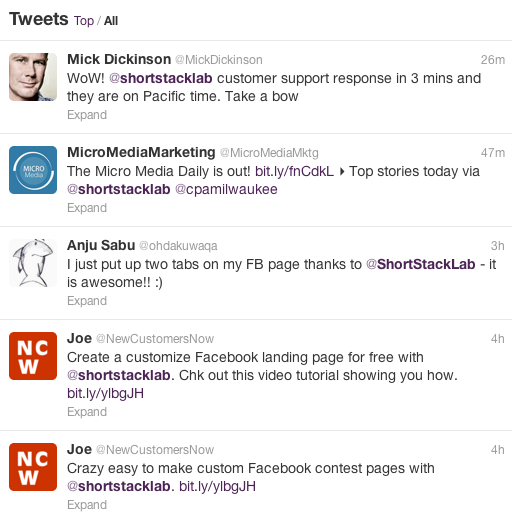
#2: Choose Which Networks Work Best for You
Now that you've discovered whether you have a pre-existing community, it's time to jump in. Remember, choosing networks to integrate isn't a matter of right or wrong, it's about how to find the best fit for your company.
Here are suggestions for networks to integrate based on what your business offers.
Do you have a product?
Products need attention and traffic. People need to be able to see the product, check out the specs, read reviews and know that there's a support community available. That makes Facebook a great place for products—potential customers can see pictures, praise (and complaints) from users and responses from Page admins.
This sampling of product and company information will help customers make an informed purchase. If they like the product, they can share and recommend the product to their friends—in turn giving your product more traffic. Because Facebook is popular worldwide, it exposes your product to eyes from across the globe.
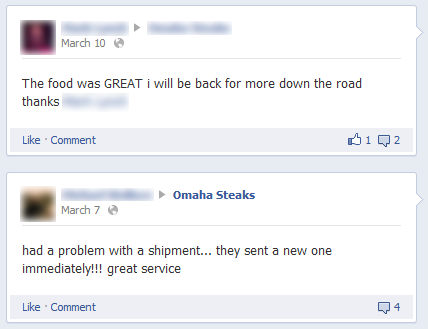
It's also a good idea to build up a bank of videos on YouTube or Vimeo. Show off your product in use, have the CEO give in-depth product introductions, offer official troubleshooting guides and allow users to post response videos.
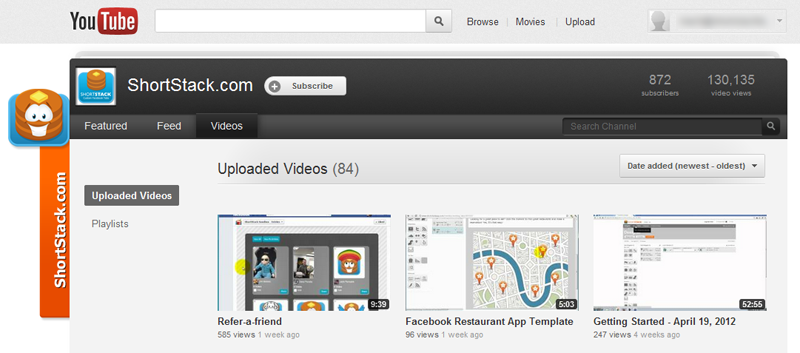
Videos are a low-maintenance way to make information about your product available. As long as the product stays the same, the video stays relevant.
Twitter can be a great place for products as well. Reward those who follow your product by holding contests and giveaways. You pick and announce the hashtag, and then randomly select a winning tweet. All of the mentions from your followers are certain to get you some extra attention.
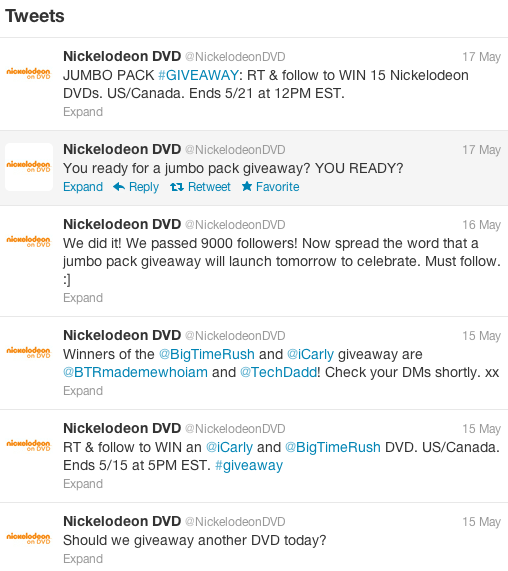
Do you have a place?
Get World-Class Marketing Training — All Year Long!
Are you facing doubt, uncertainty, or overwhelm? The Social Media Marketing Society can help.
Each month, you’ll receive training from trusted marketing experts, covering everything from AI to organic social marketing. When you join, you’ll also get immediate access to:
- A library of 100+ marketing trainings
- A community of like-minded marketers
- Monthly online community meetups
- Relevant news and trends updates
Yelp and Foursquare are essential if you're operating a local business like a restaurant. You don't need an international following. Instead, you're after local customers; people who could actually come through the door.
Create a Yelp profile for your business, complete with the address, hours, business bio and other relevant info like the menu. Yelp gives people the opportunity to review your business, and it also gives the business owner the ability to respond to feedback. You can thank people for positive reviews and run some damage control for negative reviews.

Discover Proven Marketing Strategies and Tips
Want to go even deeper with your marketing? Check out the Social Media Marketing Podcast! Publishing weekly since 2012, the Social Media Marketing Podcast helps you navigate the constantly changing marketing jungle, with expert interviews from marketing pros.
But don’t let the name fool you. This show is about a lot more than just social media marketing. With over 600 episodes and millions of downloads each year, this show has been a trusted source for marketers for well over a decade.
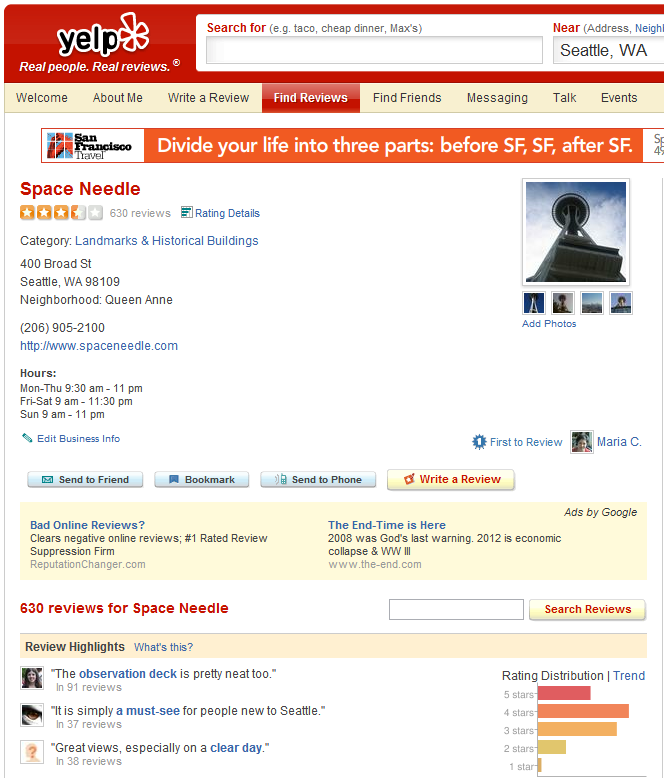
Foursquare lets business owners reward frequent customers, encouraging them to visit or “check in,” bring their friends with them and keep coming back. Check-ins have a snowball effect, turning your place into a hangout for groups.
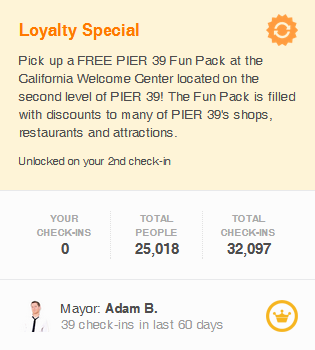
You'll also want a Facebook page for your business. You can add maps, contact info, descriptions and photos—all things to make sure your fans and potential fans can find you easily. It may sound like you're simply duplicating your Yelp account, but remember that the goal is to get foot traffic, so maintain pages for your business on both sites, making sure the information on both is always up to date.
It's also important to purchase Facebook ads, which allow you to target specific demographics to make sure the right people see your ads.

Own and operate a sports bar in a small town? Show your ads to men 20-40 who live in town.
Do you have a service?
If you're offering a service, you need to position yourself as an expert by producing lots of free, informative content.
For instance, if you're an attorney, publish a weekly blog with legal advice and Q&A articles and link to that blog from your Facebook and LinkedIn accounts. When people are in the market for an attorney, they'll be able to see your expertise and accessibility through the articles you've written.
As is the case with places, services need to set up pages on Facebook and purchase Facebook ads. A page on Facebook makes the service personable, while Facebook ads give the service a captive, targeted audience.

Angie's List is an ideal place for every type of service. Its strength is that it aggregates reviews from verified customers. A presence on Angie's List shows transparency and honesty on your part, which in turn can boost your reputation.
Not every network will be a fit.
You may be a small business owner wearing the hats of accountant, receptionist and janitor, on top of all of the normal responsibilities owning a business carries. This means you probably don't have time for Twitter.
Twitter is a great tool if you can devote the required time—you'll see some real benefits. But it's also very high-maintenance. Twitter moves fast, so tweets need to be frequent and interaction with followers needs to be quick.
This doesn't mean that a one-person operation absolutely cannot be on Twitter. If you use Twitter personally and are familiar with the platform, then maybe that means you should start with Twitter! But if you don't already use Twitter, you may want to start on the other end of the spectrum, with YouTube or a business blog.
As long as the content in your videos or blog posts is relevant, the entries will have staying power, unlike tweets that are deprecated in a matter of minutes. Instead of having to update Twitter every couple of hours, you could make one video or blog post per week, and then just worry about responding to comments.
#3: Focus Your Efforts
Remember that more is not always better, especially if you're just starting out. Small business owners come up to me all the time and say, “Hey, you seem to know a lot about social media and the Internet, want to take a look at my new website?”
And the site is cluttered with a dozen social network icons no-one has heard of. There's no way to maintain a presence on all of these networks.
The best approach is to pick something, give it all of your attention and focus, do it well and turn it into a habit.
If your starting point is Facebook, then check your Timeline several times a day. Respond to every question or comment from fans. Post new and interesting content. Be habitually social. Once maintaining your presence on that one platform is second nature, then branch out and add another.
But if you're on six or seven platforms and you only keep up on one or two, that looks bad and can hurt your online presence in the long run. So if you can't give a platform its required attention, kill it off.
What do you think? How have you approached social network integration? Leave your questions and comments in the box below.
Attention Agency Owners, Brand Marketers, and Consultants

Introducing the Marketing Agency Show–our newest podcast designed to explore the struggles of agency marketers.
Join show host and agency owner, Brooke Sellas, as she interviews agency marketers and digs deep into their biggest challenges. Explore topics like navigating rough economic times, leveraging AI, service diversification, client acquisition, and much more.
Just pull up your favorite podcast app, search for Marketing Agency Show and start listening. Or click the button below for more information.

